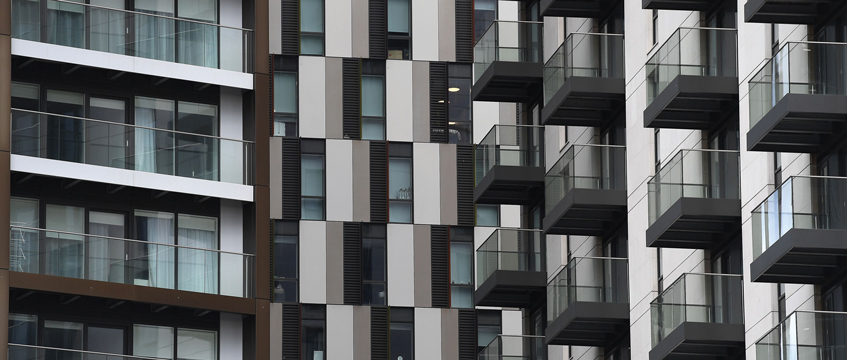Slump in PD homes as ‘build, build, build’ rally cry falls short
The number of new homes proposed under permitted development fell by nearly a third in the weeks following a high-profile policy overhaul, analysis from Radius Data Exchange has revealed.
As the pandemic compounds fears over property obsolescence, real estate conversions are quickly becoming a priority on many a landlord and developer’s agenda.
Yet prime minister Boris Johnson’s “build, build, build” call to action for the industry appears to have fallen short in the weeks after he introduced landmark reform allowing conversions of all vacant property.
The number of new homes proposed under permitted development fell by nearly a third in the weeks following a high-profile policy overhaul, analysis from Radius Data Exchange has revealed.
As the pandemic compounds fears over property obsolescence, real estate conversions are quickly becoming a priority on many a landlord and developer’s agenda.
Yet prime minister Boris Johnson’s “build, build, build” call to action for the industry appears to have fallen short in the weeks after he introduced landmark reform allowing conversions of all vacant property.
There were just 30 applications for 926 new homes, down by 30% from 1,329 new homes in the same number of schemes in September.
Almost half the homes (48%) came from just five applications submitted by three developers – Chase New Homes, Sheen Lane Developments and A Property – with schemes of up to 200 homes each.
The slump in development follows new legislation allowing full demolition of redundant buildings and development bypassing local planning authorities.
But government support packages propping up commercial premises and high sales values expectations have stalled the market, with developers awaiting price adjustments before taking that leap.
“The most common challenge that is raised is vendor expectations,” says Alex Harrington-Griffin, chief executive at TrustedLand. “The appetite is certainly there [but] market forces are holding it back.”
He expects the landlords that are holding off to start reviewing their options next year, and predicts a large uptick from SME developers when pricing drops. “They won’t be getting the kind of deal structures they need and ultimately their lenders, backers and stakeholders will want to see until later down the line,” said Harrington-Griffin.
He added: “I don’t think it will be revolutionary in the way that in a political sense that [the government] would like, but I certainly think it will increase output and give a lot more opportunity.”
Julia Park, head of housing research at Levitt Bernstein, said while developers may be hanging back now amid uncertain and controversial policy changes with the government “on the back foot”, she expects the figures to rise in the long run.
“A lot of people will be thinking that the market will soon be flooded with redundant office buildings and that is bound to lower prices,” said Park. “If you haven’t bought already, you’ll be hanging on.”
The low numbers compare to an average of 894 homes per month this year. This is just a third of the monthly average of 2,434 homes in 2016 when PDR conversions peaked. But this is expected to increase significantly.
Park said that a new deadline for size standards of 6 April may result in a short-term surge. After this date when size standards are required this could dampen growth, but she still anticipates an overall increase.
She added: “I think there will be a surge, I really do. We’re not going to stop fighting for planning. It’s actually more important than ever, with potentially so many buildings coming on the market.”
Hugh Ellis, policy director at the Town & Country Planning Association, said that while the industry waits for prices to plummet, the new measures will lead to a “free-for-all”.
“Something enormous has happened, it’s just not visible to the public,” said Ellis. “An enormous blanket permission was given in principle when you grant PDR to landowners and property owners. Their asset values have therefore increased and they’ve had an enormous windfall.”
While values decline in the pandemic, Ellis warns PDR will enable development at the bottom of the market, creating lower-value properties.
“A private sector developer with a knackered office block that’s virtually worthless is able to have a permission in principle and its asset values go up,” he said. “With properties that are worthless – who wants to live in it? You only live in it if you haven’t got any other choice. That’s how it becomes a slum, because no one has any money to invest in it.”
To send feedback, e-mail emma.rosser@egi.co.uk or tweet @EmmaARosser or @estatesgazette
Image © Andy Rain/EPA-EFE/Shutterstock











